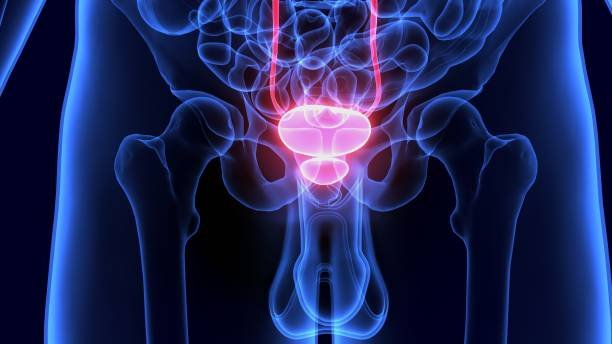Understanding Prostatic Disease: Types, Symptoms, and Treatment
Prostatic disease encompasses a spectrum of conditions affecting the prostate gland, ranging from benign to malignant. In this comprehensive guide, we explore the types, symptoms, and treatment options for prostatic disease.
Types of Prostatic Disease
- Benign Prostatic Hyperplasia (BPH): BPH is a non-cancerous enlargement of the prostate gland commonly observed in aging men. Symptoms may include urinary frequency, urgency, weak urine stream, and incomplete bladder emptying.
- Prostatitis: Prostatitis refers to inflammation of the prostate gland, often due to bacterial infection. Symptoms can vary from acute (sudden onset of severe symptoms) to chronic (persistent or recurrent symptoms).
- Prostate Cancer: Prostate cancer is the most common cancer in men and occurs when abnormal cells in the prostate gland grow uncontrollably. Symptoms may include difficulty urinating, blood in urine or semen, erectile dysfunction, and bone pain.
Symptoms of Prostatic Disease
Symptoms of prostatic disease can overlap but may include:
- Changes in urinary habits (frequency, urgency, weak stream)
- Pain or discomfort in the pelvic area, lower back, or genitals
- Blood in urine or semen
- Erectile dysfunction or painful ejaculation
Treatment Options
- Medications: Depending on the type and severity of prostatic disease, medications such as alpha-blockers, 5-alpha-reductase inhibitors, antibiotics, or hormone therapy may be prescribed to alleviate symptoms.
- Minimally Invasive Procedures: For BPH, procedures like transurethral resection of the prostate (TURP), laser therapy, or prostatic artery embolization (PAE) may be recommended to relieve urinary obstruction.
- Surgery: In cases of severe BPH or prostate cancer, surgical interventions like radical prostatectomy (for cancer) or simple prostatectomy (for BPH) may be necessary to remove the diseased tissue.
- Lifestyle Modifications: Adopting a healthy lifestyle, including regular exercise, maintaining a balanced diet, and avoiding tobacco and excessive alcohol consumption, can support prostate health and overall well-being.
Prostatic disease can significantly impact men’s quality of life, but early detection and appropriate management can help mitigate its effects. By understanding the types, symptoms, and treatment options for prostatic disease, individuals can take proactive steps to safeguard their prostate health and overall well-being.

